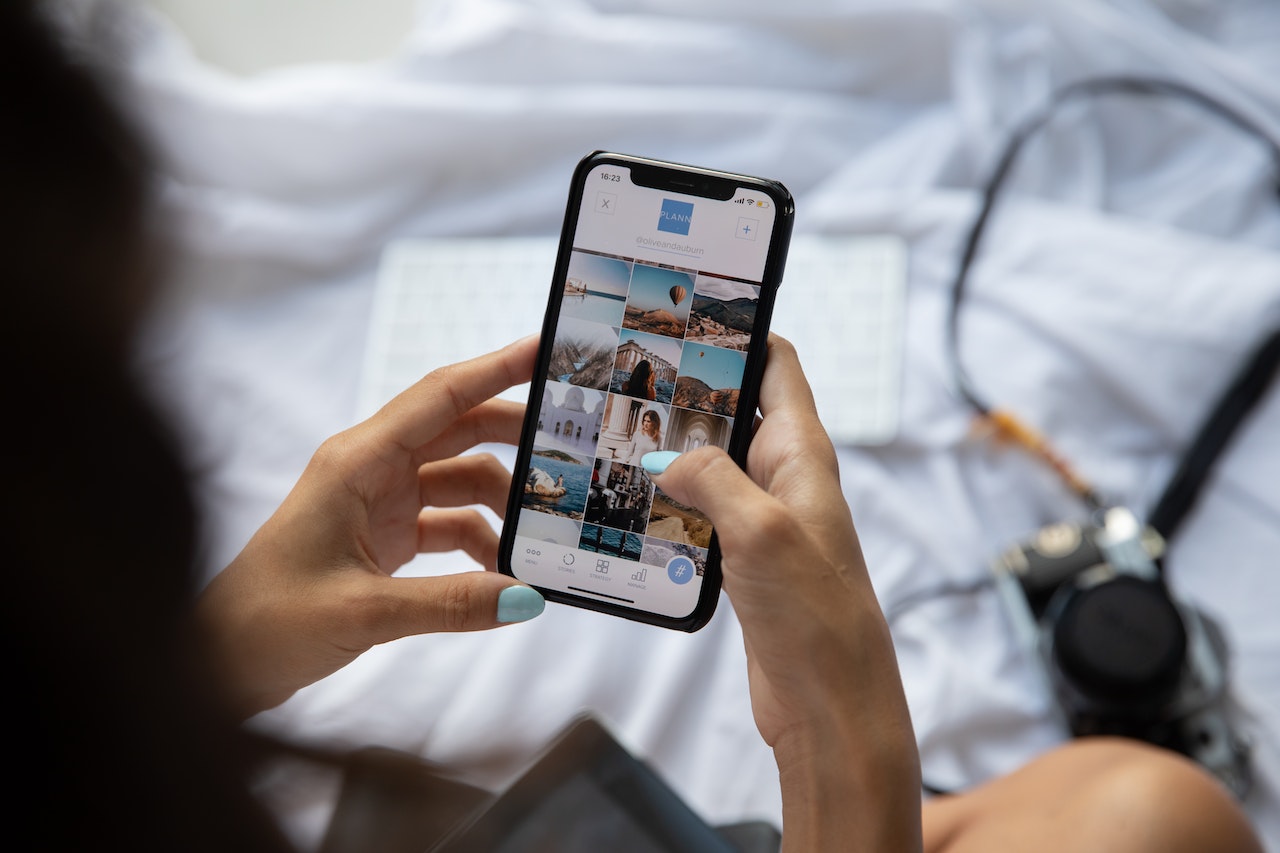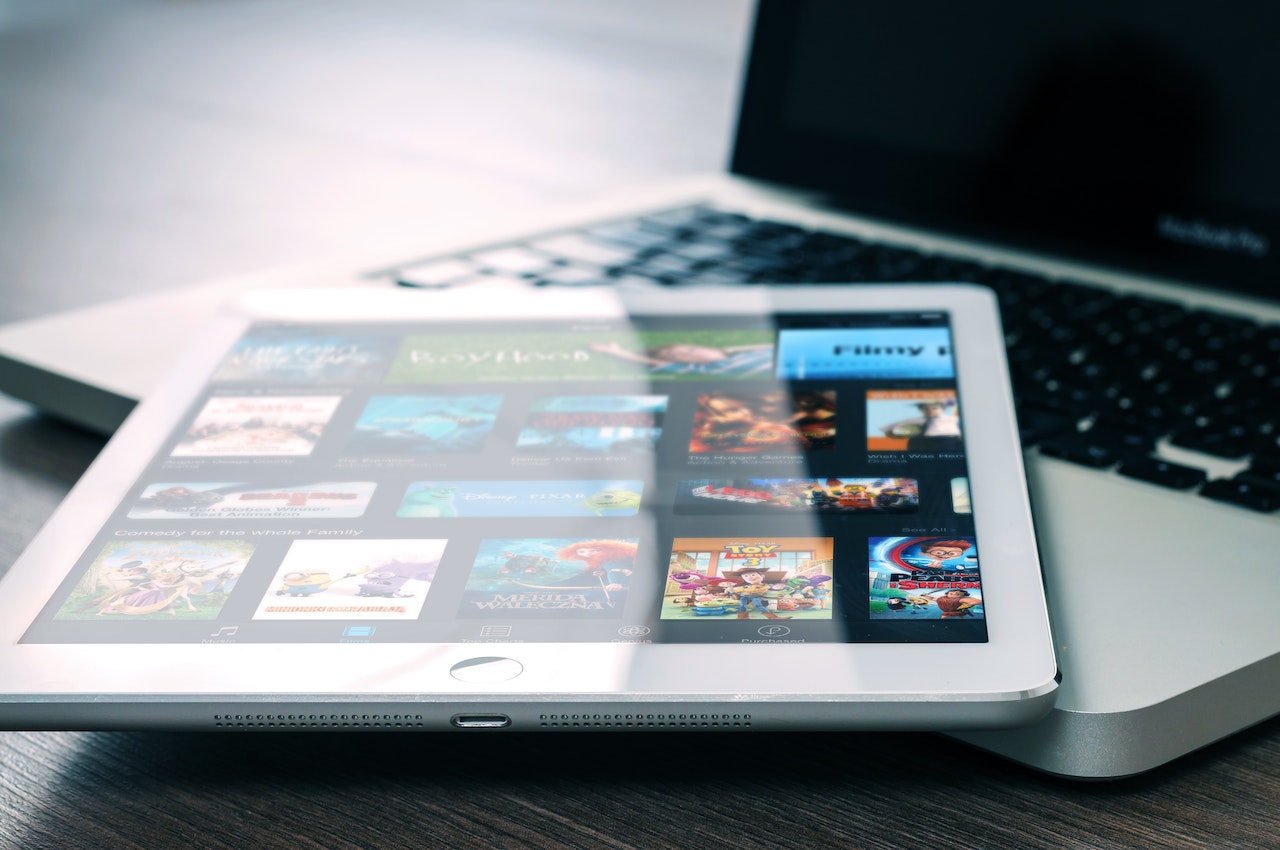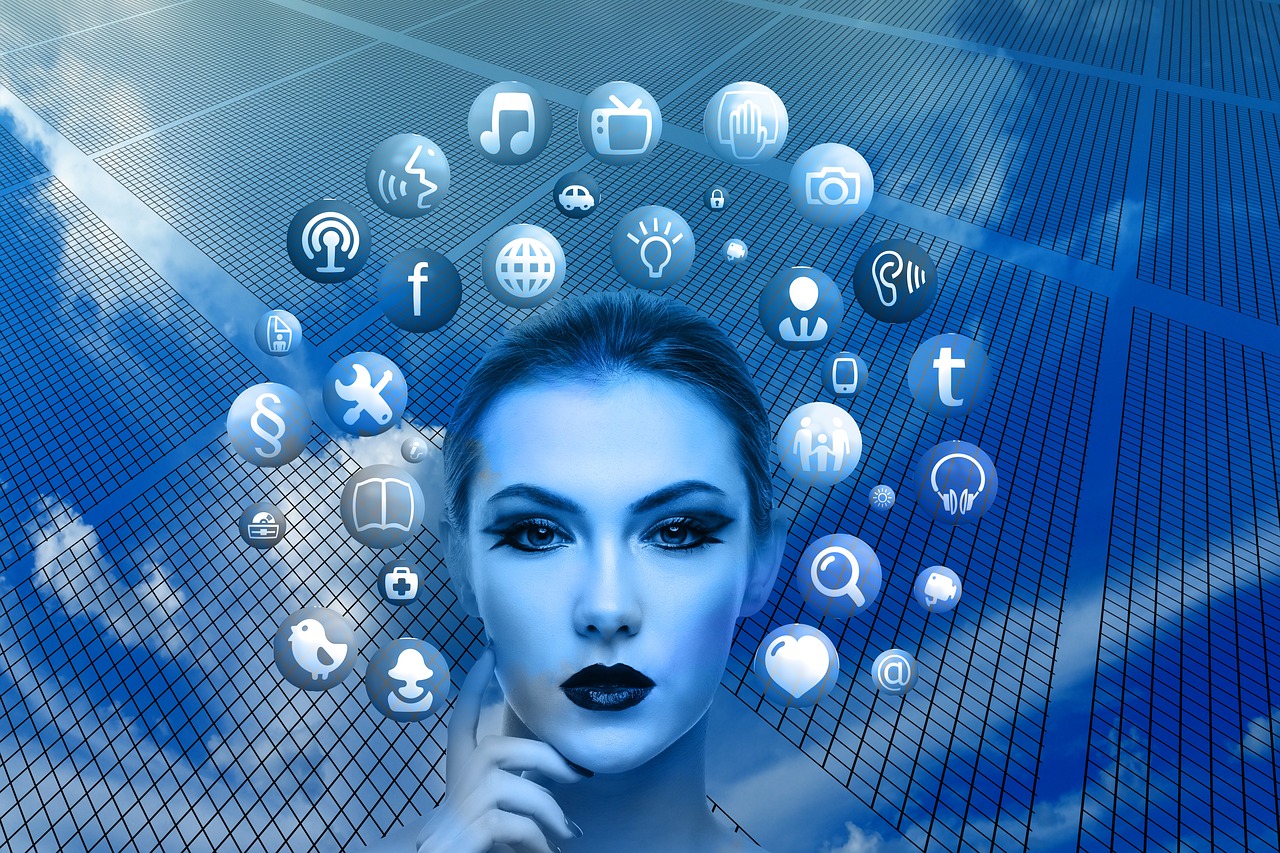In today’s interconnected world, technology has become an integral part of our daily lives. While digital advancements bring numerous benefits, there is a growing concern about the psychopathological effects of excessive digital engagement. This article explores the impact of digital life on mental well-being, examining the potential challenges and providing insights into maintaining a healthy relationship with technology.
The Influence of Digital Life on Mental Health:
- Social Media and Self-esteem: Social media platforms have created new avenues for social interaction and self-expression. However, the constant exposure to carefully curated posts and comparisons with others’ highlight reels can negatively impact self-esteem, leading to feelings of inadequacy and anxiety.
- Internet Addiction: Excessive internet use can lead to internet addiction, characterized by an uncontrollable need to be online, neglect of personal responsibilities, and withdrawal symptoms when not engaged with digital devices. Internet addiction can interfere with relationships, productivity, and overall well-being.
- Cyberbullying: The anonymity provided by the internet has given rise to cyberbullying, where individuals are subjected to harassment, humiliation, and threats online. This form of bullying can have severe psychological consequences, leading to depression, anxiety, and even suicidal ideation.
- Fear of Missing Out (FOMO): The constant stream of updates and notifications from social media platforms can contribute to FOMO, a pervasive fear of missing out on rewarding experiences or events. FOMO can lead to heightened anxiety, dissatisfaction, and a compulsive need to stay connected at all times.
Related: Technology important in human life
Strategies for Maintaining Digital Well-being:
- Setting Boundaries: Establishing clear boundaries and limits on digital device usage can help prevent excessive engagement. Designating device-free times or creating tech-free zones in your home allows for better work-life balance and promotes mindful living.
- Digital Detox: Taking periodic breaks from digital devices, such as weekends or vacations, can provide a much-needed respite from constant connectivity. Engaging in activities that promote offline social interactions, physical exercise, and hobbies can contribute to overall well-being.
- Cultivating Digital Literacy: Developing critical thinking skills and digital literacy empowers individuals to navigate the digital landscape effectively. Understanding the impact of digital media, recognizing misinformation, and practicing responsible online behavior can help maintain mental well-being.
- Mindful Technology Use: Practicing mindfulness while engaging with technology involves being fully present and aware of one’s intentions and emotions. Mindful technology use includes regularly assessing the emotional impact of digital interactions, practicing self-reflection, and choosing activities that align with personal values and goals.
- Building Healthy Relationships: Nurturing and investing in meaningful offline relationships can provide a sense of belonging, support, and emotional well-being. Prioritizing face-to-face interactions and creating opportunities for real-life connections can counteract the potential isolation and loneliness associated with excessive digital engagement.
The psychopathology of digital life highlights the need for individuals to be aware of the potential impact of technology on their mental well-being. While digital advancements offer numerous benefits, it is crucial to establish a healthy relationship with technology. By setting boundaries, practicing digital detox, cultivating digital literacy, and engaging in mindful technology use, individuals can navigate the digital landscape while prioritizing their mental health. Building strong offline connections and nurturing a balanced lifestyle are essential for maintaining overall well-being in the digital age.




